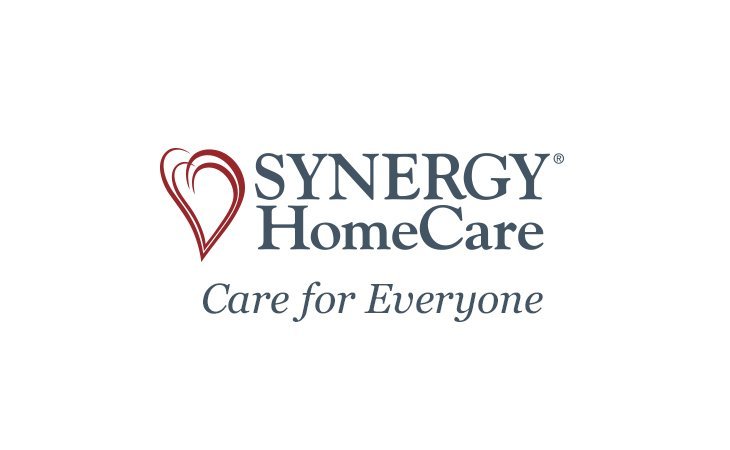
Patients and visitors can enjoy a variety of dining options at Nicklaus Children's Hospital. They include the cafeteria, which is located in the advanced pediatric care pavilion, as well as the snack and vending vending areas. Inpatients can also be served by the Food and Nutrition Department located at the hospital. The hospital also offers room service gift vouchers that guests can use to have meals delivered straight to their rooms.
The UPMC Health System has more than a dozen hospital cafeterias. They provide healthy food options and beverages. Many cafeterias can accommodate special diets, including vegetarians. Apart from hot meals, they also offer a wide variety of hot beverages, such as Starbucks seasonal drinks or coffees.
Golden Club Cafe, an UPMC-operated cafeteria, is located inside Nicklaus Children's Hospital. The cafeteria can be reached for lunch and dinner. The cafeteria also has a special foods station. The cafeteria accepts credit and debit cards.
Eat Well Cafeteria (another UPMC cafeteria) is located on Shawn Jenkins Children's Hospital's seventh floor. The cafeteria is open from 6:30 a.m. until 8 p.m. weekdays and weekends. There is also a small salad bar.

Another UPMC cafeteria is the Presby Cafeteria. It serves more that 2,500 meals daily. The menus are created based on the customer's preferences and costs. You may also request pick-up which is available 24 hour a day.
MUSC offers three main dining options: downtown campus (the Medical Center), Ashley River Tower, and the Medical Center. Visitors, patients' families, as well as patients, can access all three facilities. The Medical Center also offers a cafeteria and serves a variety of international cuisines.
Every day, the hospital cafeteria's menu is posted. You can choose from a variety of dishes, including sushi, burgers and pizza by the slice. Patients and visitors can take advantage of curbside ordering, which requires that you create an account. Substitutions, however, are not permitted.
As you might expect, pamphlets from the American Dietetic Association are available at the hospital. They advise diners to avoid eating fried foods as well as creamy sauces. There are many healthy snacks, such as carrots and grapes throughout the facility.
A number of children's hospitals in America have their own cafeterias. The Golden Club Cafe at Nicklaus Children's Hospital is one example. It's open daily from 11:30 a.m. until 3:30 p.m. They also feature a speciality each day. The Tuesday "Pick 3” soup/sand sandwich station will be available.

Miracles Cafe is an alternative to traditional fast food and offers healthier options. The cafeteria can be found in the Advanced Pediatric Care Pavilion lobby and serves Starbucks seasonal drinks, pastries and other goodies. You can order via the GET app to have your food delivered directly to your room.
The Hope Hospital cafeteria offers a variety and delicious meals, despite its reputation. The meals can be quite expensive, depending on their weight. A cafeteria has been accused by some of its customers of selling unhealthful cookies.
FAQ
What are the services of health care?
A health care facility is one that offers healthcare services to patients. A hospital is an example. A hospital typically includes several departments like the emergency department and intensive care unit. It also has pharmacy and outpatient clinics.
What should you know about immunizations
Immunization is the process that stimulates the immune response to a vaccination. The body reacts to the vaccine by producing antibodies (immunoglobulins), which protect against infection.
What should I know concerning vaccines
Vaccines can be very effective and safe ways to stay healthy. They work by giving you immunity against certain diseases. Vaccinations can be given at specific times throughout your childhood, adolescence, or adulthood. Your doctor will help you decide when is the best time to get vaccines.
What does "public" mean in public health?
Public Health refers to the preservation and enhancement of the health status of the community. Public Health is about preventing illness, injury, and disability; encouraging good health practices; ensuring adequate food; and controlling communicable disease, environmental hazards, behavioral risks, and other threats.
What are the different types of health insurance?
There are three types main types of health insurance.
-
Private health insurance covers many of the costs associated to your medical care. This type of insurance is typically purchased directly through private companies so that you only pay monthly premiums.
-
Public health insurance covers most of the cost of medical care, but there are limits and restrictions on coverage. Public insurance covers only routine visits to doctors and hospitals, as well as labs, Xray facilities, dental offices and prescription drugs. It also does not cover certain preventive procedures.
-
For future medical expenses, medical savings accounts are used. The funds are kept in a separate account. Most employers offer MSA program. These accounts are tax-free, and they accumulate interest at rates similar to bank savings accounts.
Statistics
- Foreign investment in hospitals—up to 70% ownership- has been encouraged as an incentive for privatization. (en.wikipedia.org)
- For instance, Chinese hospital charges tend toward 50% for drugs, another major percentage for equipment, and a small percentage for healthcare professional fees. (en.wikipedia.org)
- Over the first twenty-five years of this transformation, government contributions to healthcare expenditures have dropped from 36% to 15%, with the burden of managing this decrease falling largely on patients. (en.wikipedia.org)
- The healthcare sector is one of the largest and most complex in the U.S. economy, accounting for 18% of gross domestic product (GDP) in 2020.1 (investopedia.com)
- About 14 percent of Americans have chronic kidney disease. (rasmussen.edu)
External Links
How To
What are the key segments of the healthcare industry?
The key segments of healthcare include pharmaceuticals, diagnostics biotechnology, therapeutics, diagnosis, biotechnology and medical equipment.
Blood pressure monitors, defibrillators and stethoscopes are all medical devices. These products are used to diagnose and prevent or treat disease.
Pharmaceuticals are medicines that are prescribed to cure disease or relieve symptoms. These include antibiotics.
Diagnostics are tests done by laboratories to determine illness or injury. Some examples include blood tests and urine samples.
Biotechnology is the use of living organisms, such as bacteria, to create useful substances that can then be applied to humans. You can find examples such as vaccines, insulin and enzymes.
Therapeutics are medical treatments that treat diseases or alleviate symptoms. These treatments can include drugs, radiation therapy and surgical interventions.
Software programs for managing patient records, including health information technology, are used by physicians and their staff. It helps doctors track what medications are being taken and when they should be taken.
Equipment used in the diagnosis, treatment, and monitoring of medical conditions or illnesses is called medical equipment. Dialysis machines include pacemakers, ventilators and operating tables.